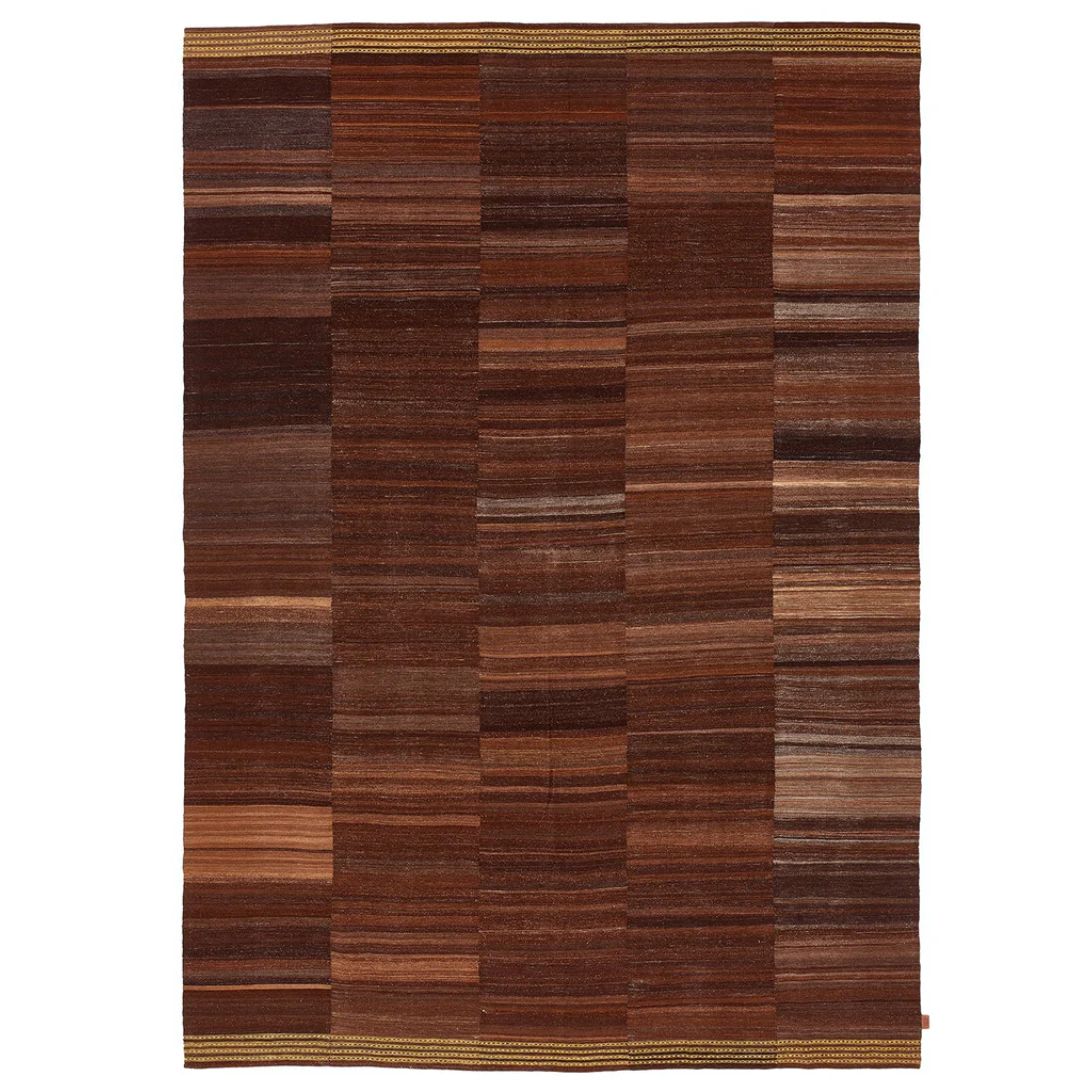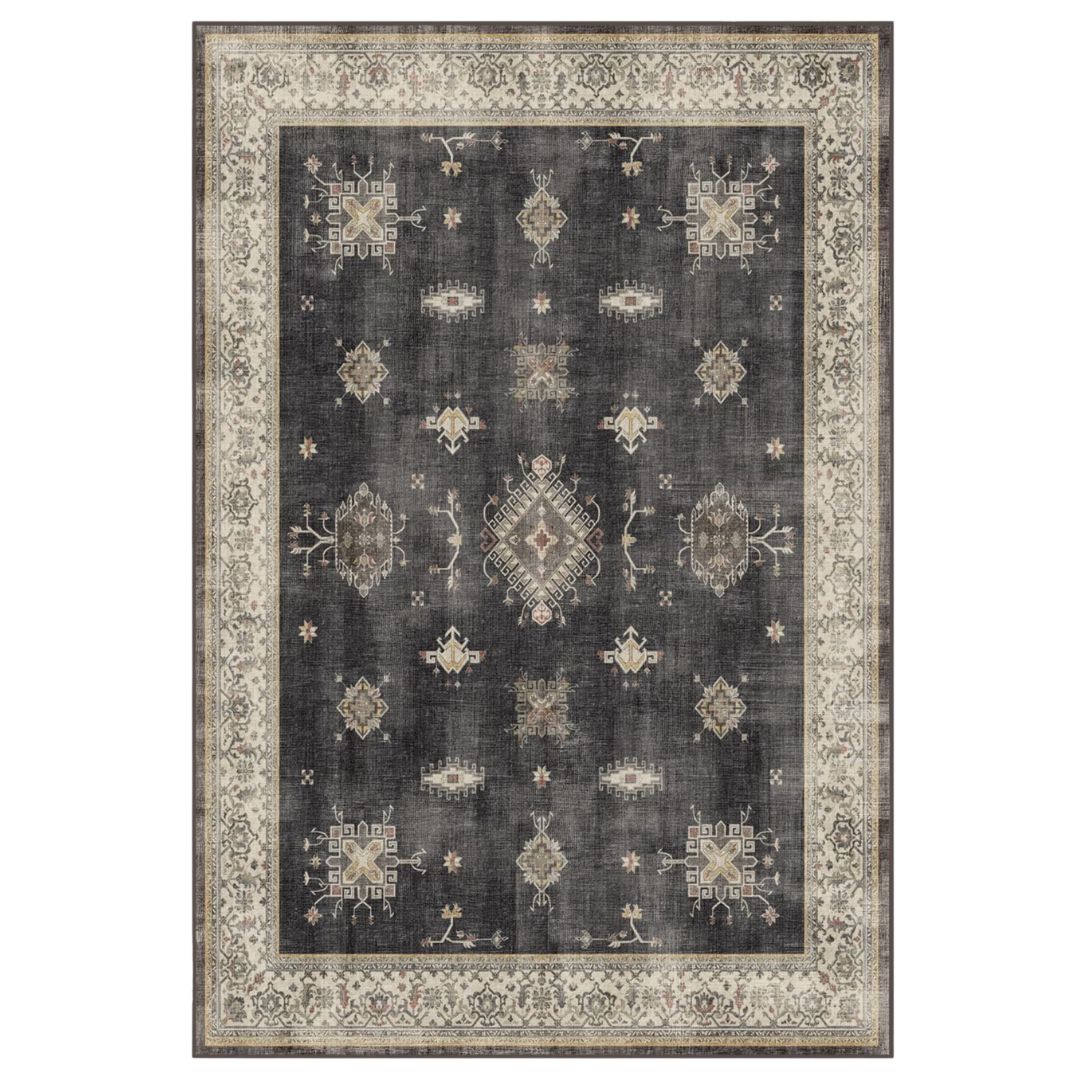Can You Put a Rug in a Kitchen? We Asked Designers to Settle the Debate — They All Agreed on the Answer
This comprehensive pros and cons guide will help with your decision-making when it comes to adding floor coverings in your cooking space
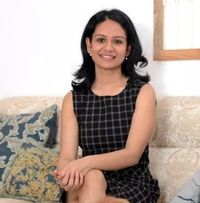
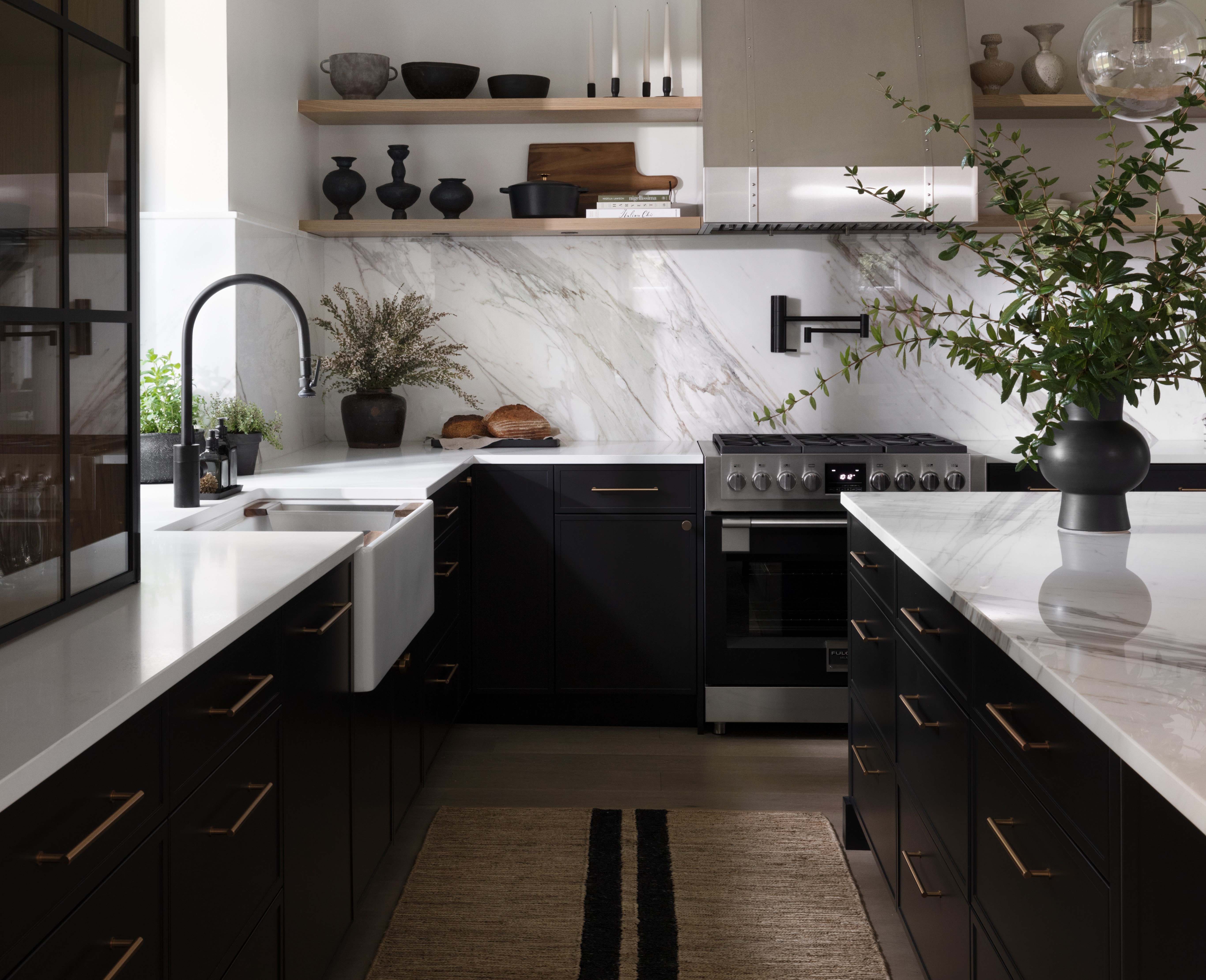
We're not surprised you're questioning the idea of whether you should put a rug in a kitchen. They're all over our Pinterest boards when it comes to kitchen inspiration, but it's fair to have a question mark over how practical they are. After all, this is a high-traffic, busy space that can suffer from the likes of spills and stains, as well as everyday crumbs and countertop scrapings. Is it really worth adding a rug to a space like this?
To answer this burning question of whether a kitchen rug is actually a good idea, we asked designers to settle the debate. They pretty much unanimously agreed that the answer is: absolutely.
Here are the pros and cons, and how to overcome the latter to design a space that looks great and is comfortable underfoot.
We asked designers: is a rug in a kitchen a good idea?
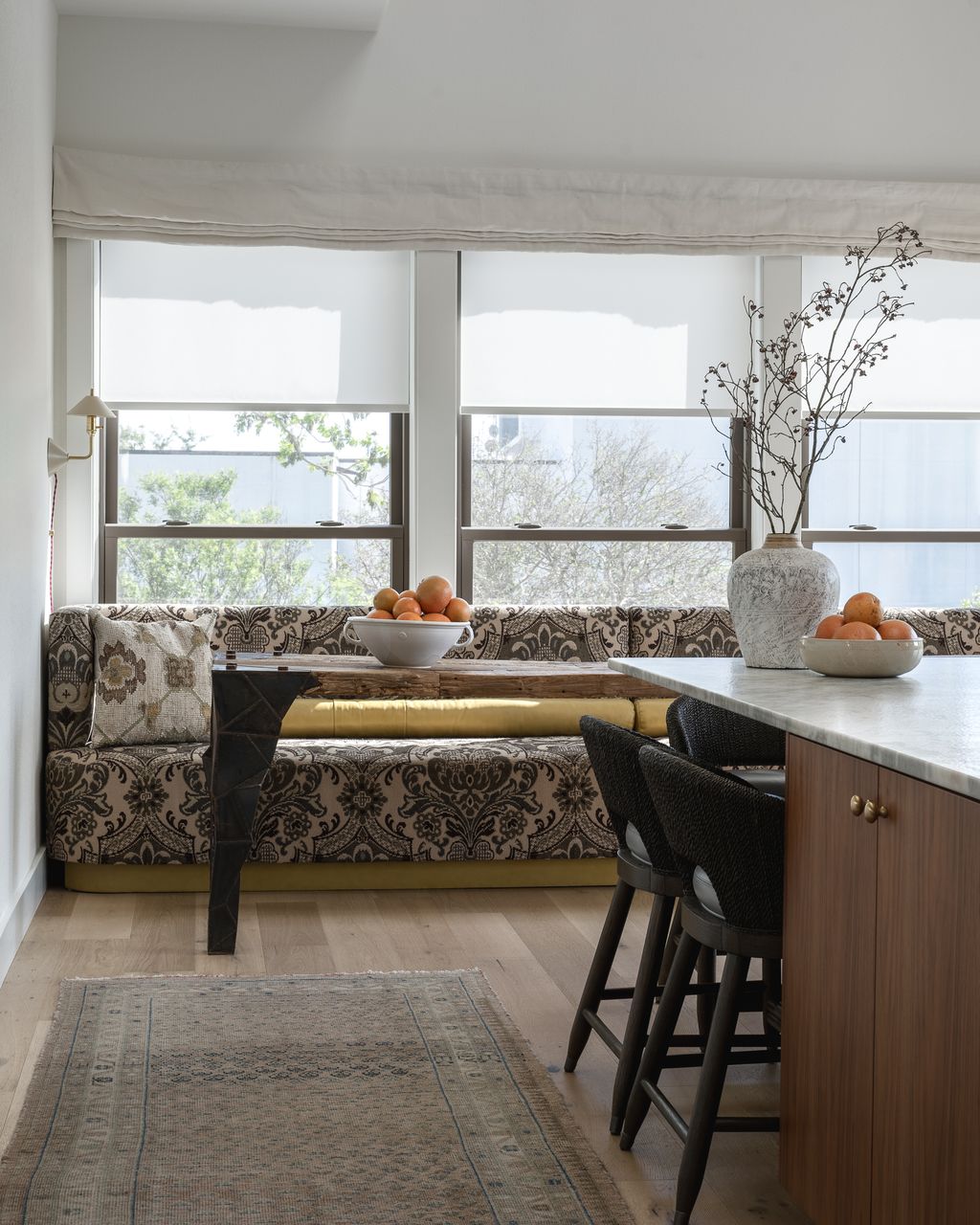
The simple answer is yes, a rug does have a place on your kitchen flooring, for several reasons.
'I always put a rug in the kitchen,' says Bethany Adams of Bethany Adams Interiors. 'They're not just for show. Standing at the kitchen sink or stove for long periods can be fatiguing, and most kitchen flooring materials are hard surfaces, like tile or wood. So tossing a softer material underfoot makes sense. I like to use a well-worn vintage rug in the kitchen. That way, I'm not heartbroken when it inevitably gets spattered with sauce or splashed with dishwater, but a washable cotton or indoor-outdoor rug is a great choice too.'
What are the pros of kitchen rugs?
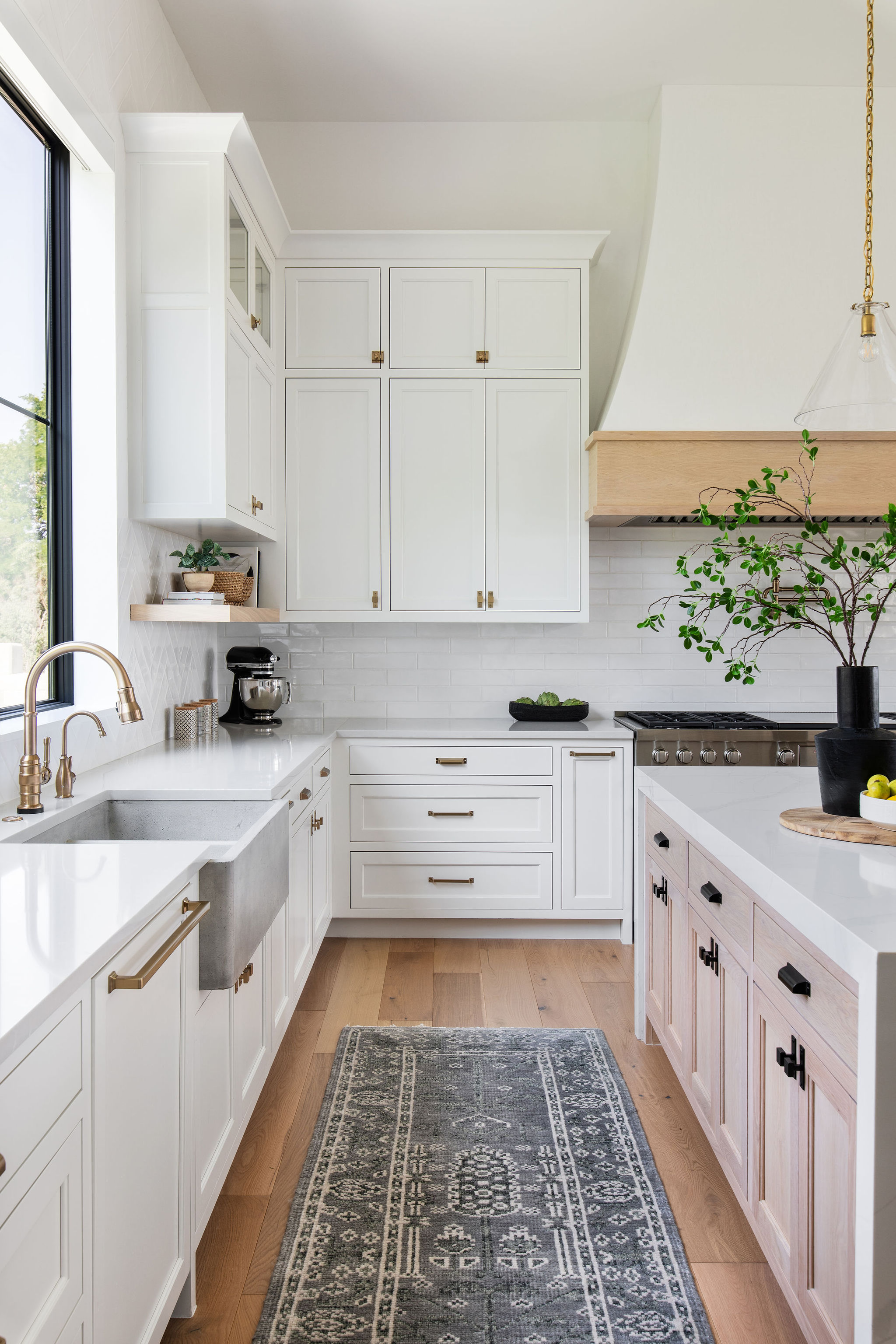
Whether yours is a large or a small kitchen, a rug can truly add oodles of style and comfort to the space. 'Rugs are a designer's secret weapon for adding color, pattern, and texture to a space,' avers Lindsie Davis of Blueberry Jones Design. 'Large-scale rugs serve as an important foundational layer in living areas and bedrooms, but they also have a place in the kitchen. I like to include runners in my kitchen design plans to soften the space, much like Roman shades or cafe curtains. The right rug can visually juxtapose the more utilitarian elements of a kitchen, creating an inviting environment with character and warmth.'
'These provide an opportunity to introduce a layer of color and texture in the kitchen,' shares Lindsie. 'This is especially important in neutral or white kitchens that can otherwise lack personality. Vintage rugs, in particular, add loads of character to a kitchen and are a great way to create a custom look and feel. Rugs also help to visually soften a room, balancing appliances and other necessities to create a welcoming space that brings people together.'
The Livingetc newsletters are your inside source for what’s shaping interiors now - and what’s next. Discover trend forecasts, smart style ideas, and curated shopping inspiration that brings design to life. Subscribe today and stay ahead of the curve.
'These provide a soft landing for feet, better acoustics, and protection for your permanent kitchen flooring,' advises Sarah Latham, founder of Latham Interiors.
What are the cons of kitchen rugs?

'The biggest consideration with kitchen rugs is durability,' says Lindsie. 'The kitchen is a high-traffic area, so it's essential to choose a rug that can withstand wear over time. For easy upkeep, I always recommend using vintage runners that can be easily rinsed clean (such as Moroccan runners), indoor/outdoor options, and power-loomed rugs made with polyester. It's best to avoid rugs made with viscose, as they don't handle spills and liquids well.'
If you have slippery kitchen floor tiles, the rug can be a dangerous addition as it could move and slide, causing accidents. 'Rugs can be tripping hazards, its product life is short, and can be difficult to clean,' says Sarah.
What should you keep in mind before adding a kitchen rug?

The size and material of the kitchen rug should be the first consideration. For this, measure the space, and place these in front of your sink; a standard 2 feet by 3 feet usually works. Flat-weave rugs are the best choice for kitchens, as they are easier to clean.
'I love vintage rugs because they hide so much and are traditionally great quality so having it professionally cleaned once in a while is a breeze, or there are some great fully washable options out there too,' advises Ashley.
Emily Ruff of Seattle-based Cohesively Curated further adds: 'I always recommend 100% wool vintage rugs. They are already 80-100 years old so they can stand up to the wear and tear of spills and messes. They also tend to be a lower pile so they sit closer to the floor which ensures nobody trips on the edge.'
Also kitchen layouts should be taken into consideration. 'Depending on your kitchen layout a runner is always good,' says Ashley Ferguson, founder of Ashley Ferguson Interiors. 'The best place to keep it is between the sink and the range, or wherever you have space for a runner to make sense.'
'I think certain kitchen layouts really benefit from having a rug for the added warmth and texture,' says Erica Colpitts, founder of Erica Colpitts Interior Design. 'But I encourage my clients with small children to select something that can be bundled up and tossed in the wash without a care.'
Is a rug in the kitchen practical?
Yes, a kitchen rug can add that extra layer of softness and protection to your floors and save it from spills and splatters. Plus if you go in for vintage rugs or ones made in polyester in flat weave, they are easy to clean and maintain. Functionally, rugs can reduce the risks of slips and falls by offering tractions in high-traffic areas.
How do you maintain a kitchen rug?
To ensure your kitchen rug always looks clean, you should regularly vacuum it to remove dirt, crumbs, and debris.
Also, it's important to spot clean. In case of a spill, you need to blot the spill and soak up as much liquid as you can with a white, clean cloth or paper towel. And finally, if your rug is machine-washable, do give it a thorough clean every six months.

Aditi Sharma Maheshwari started her career at The Address (The Times of India), a tabloid on interiors and art. She wrote profiles of Indian artists, designers, and architects, and covered inspiring houses and commercial properties. After four years, she moved to ELLE DECOR as a senior features writer, where she contributed to the magazine and website, and also worked alongside the events team on India Design ID — the brand’s 10-day, annual design show. She wrote across topics: from designer interviews, and house tours, to new product launches, shopping pages, and reviews. After three years, she was hired as the senior editor at Houzz. The website content focused on practical advice on decorating the home and making design feel more approachable. She created fresh series on budget buys, design hacks, and DIYs, all backed with expert advice. Equipped with sizable knowledge of the industry and with a good network, she moved to Architectural Digest (Conde Nast) as the digital editor. The publication's focus was on high-end design, and her content highlighted A-listers, starchitects, and high-concept products, all customized for an audience that loves and invests in luxury. After a two-year stint, she moved to the UK and was hired at Livingetc as a design editor. She now freelances for a variety of interiors publications.
